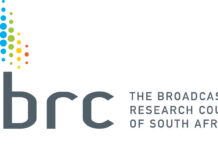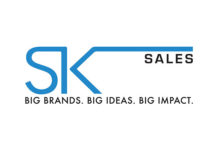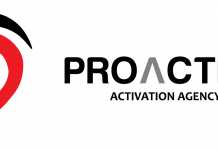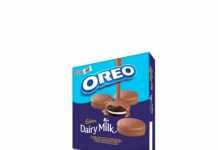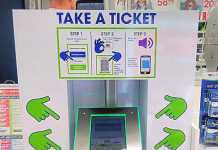Marketing in 2017 involves multiple campaigns across several platforms and as a result it is becoming more data-driven. Marketers need to leverage this increasing volume of data to deliver far more intelligent campaigns that yield customer growth.
To free up time and enable the interrogation of analytics, more and more marketing professionals are turning to marketing automation.
A new guide book titled, Guide to Marketing Automation from Everlytic, the South African enterprise marketing cloud service for email, mobile and social channels, serves as a practical guide for marketing professionals looking to automate their marketing and better service customers.
“Marketers and brands can benefit greatly from streamlining and automating their marketing campaigns. Automation not only lightens the workload on your marketing team, thereby enabling more time for you to scrutinise reports and deliver better targeted campaigns as a result, but it holds benefits for customers too,” says Vera Romano, head of online at Everlytic.
Marketing automation makes email and SMS marketing processes more efficient and effective as it involves the setting up of default reply emails, drip-campaigns and automated messages, for example birthday messages.
According to MarketingSherpa, the average open rate for welcome emails is 50%, making them 86% more effective than email newsletters. “Marketing automation starts with a solid foundation. Automated welcome emails that are triggered when someone subscribes to your newsletter should be a given and one of the first steps in an email marketing strategy,” she says.
Birthday emails may seem trivial, but according to ClickZ they can result in a 30% increase in opens and a 60% increase in clicks. “Email timing is one of several areas where we have included automation options. You can schedule the email so that the system will automatically send it at a specific date and time. Marketers can also set up recurring messages, which will be sent at the interval they set, which is great for automatic birthday greetings,” she adds.
Improved data utilisation is just one of the many benefits of automated marketing. Others include gaining more qualified leads, identifying leads more effectively and increasing open and click-through rates as well as conversions.
When integrated with Google Analytics, marketing automation can also help marketers understand prospective customers’ journeys to conversion and the content that resonates with them.
For customers the benefits are more personalised communication, a brand that understands who it is interacting with and as a result is offering more relevant content tailored to their specific needs.
“Marketing automation, when implemented correctly, has the potential to set marketers up to nurture relationships with future customers and gain long-term success,” she concludes.
The Everlytic guide takes marketers through all the aspects they need to be aware of to successfully automate their marketing. The full guide is available via Everlytic’s website.
































